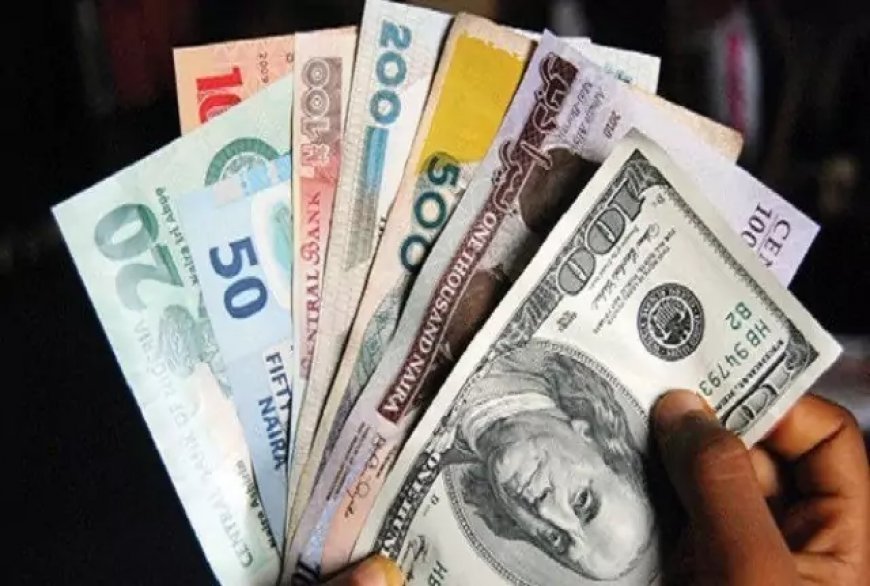2023's Weakest African Currencies: The Top 5 Ranked
Recent data places the Ugandan Shilling as the fourth weakest currency in Africa. This currency was initially issued in 1966. Uganda, a landlocked nation in East Africa, shares its borders with the Democratic Republic of the Congo, South Sudan, Kenya, Tanzania, and South Sudan. Despite the abundance of valuable resources such as oil, gold, and coffee, Uganda's economic growth has been hindered by inconsistent development, substantial debt, and periods of political instability.

As we move towards the end of 2023, the economic landscape in Africa presents a diverse array of currencies with varying strengths and weaknesses. In this article, we take a closer look at the top 5 weakest currencies on the continent, shedding light on the economic factors contributing to their rankings.
1. Sierra Leone (1 USD = 19995.0 SLL)
According to Forbes, the Sierra Leonean Leone ranks as the fourth weakest currency globally and holds the title of Africa's weakest currency. Introduced in 1964, this currency's value has suffered due to over 40% inflation, significant debt, a deceleration in economic growth, and lingering effects of the Ebola crisis, as the West African nation, sharing borders with Liberia and Guinea, primarily exports timber and minerals such as gold, diamonds, and industrial metals.
2. Guinea (1 USD = 8509.00 GNF)
Ranked as the second weakest currency in Africa and holding the eighth position globally, the Guinean Franc, introduced in 1959, has faced significant challenges. Guinea, a former French colony in sub-Saharan Africa, boasts abundant natural resources like gold and diamonds. Nevertheless, the country has grappled with issues like high inflation, military instability, and an influx of refugees from neighboring Liberia and Sierra Leone.
3. Madagascar (1 USD = 4430.00 MGA)
Occupying the third spot on the list of Africa's weakest currencies, the Malagasy Ariary took over from the Franc as the official currency on January 1, 2005. This island nation, Madagascar, serves as a connection between India and East Africa. A significant portion of its GDP, more than 25%, comes from exports, primarily consisting of agricultural, forestry, and fisheries products, facilitated by its island geography.
4. Uganda (1 USD = 3665.00 UGX)
Recent data places the Ugandan Shilling as the fourth weakest currency in Africa. This currency was initially issued in 1966. Uganda, a landlocked nation in East Africa, shares its borders with the Democratic Republic of the Congo, South Sudan, Kenya, Tanzania, and South Sudan. Despite the abundance of valuable resources such as oil, gold, and coffee, Uganda's economic growth has been hindered by inconsistent development, substantial debt, and periods of political instability.
5. Burundi (1 USD= 2806.96 BIF)
The Burundian Franc, which serves as the official legal tender in Burundi, holds the fifth position on Africa's list of weakest currencies. It has been in circulation since the country began issuing its own franc in 1964. Burundi is situated in the African Great Lakes region and is bordered on the southwest by Lake Tanganyika. It shares its land borders with Rwanda to the north, Tanzania to the east, the Democratic Republic of the Congo to the west, and Tanzania to the east. According to the World Bank, Burundi is classified as a low-income economy, with approximately 80% of its population engaged
What's Your Reaction?















































































